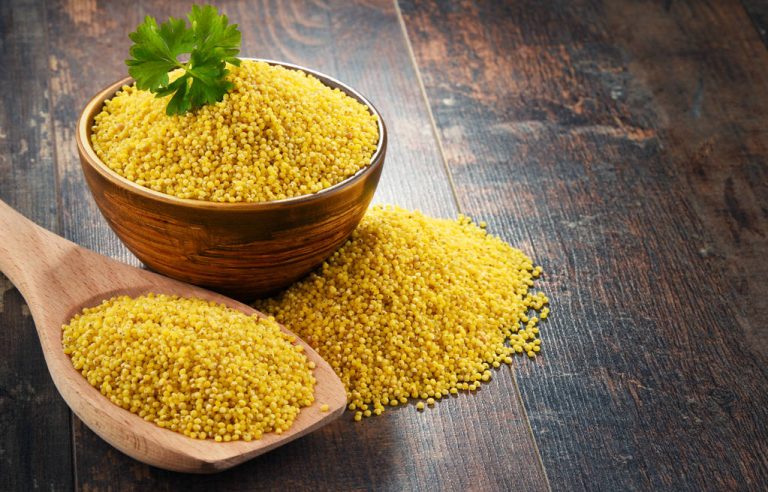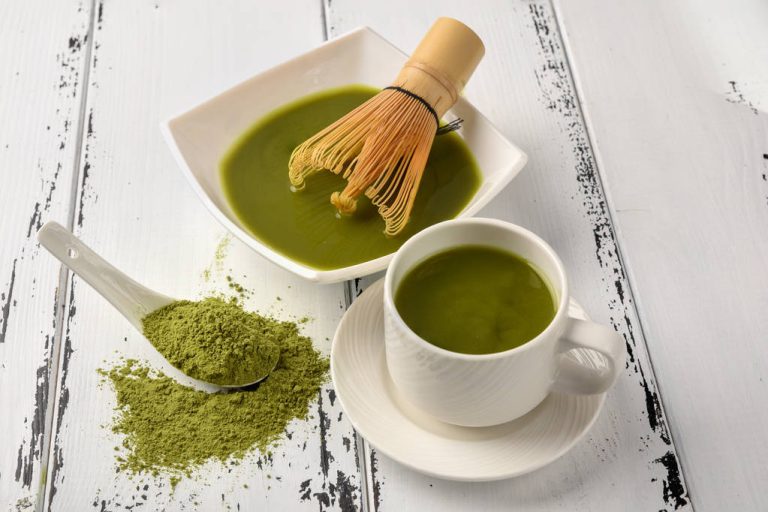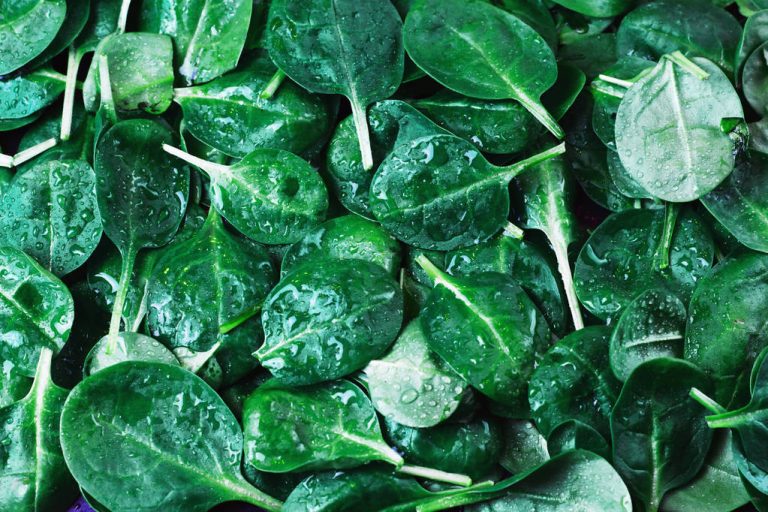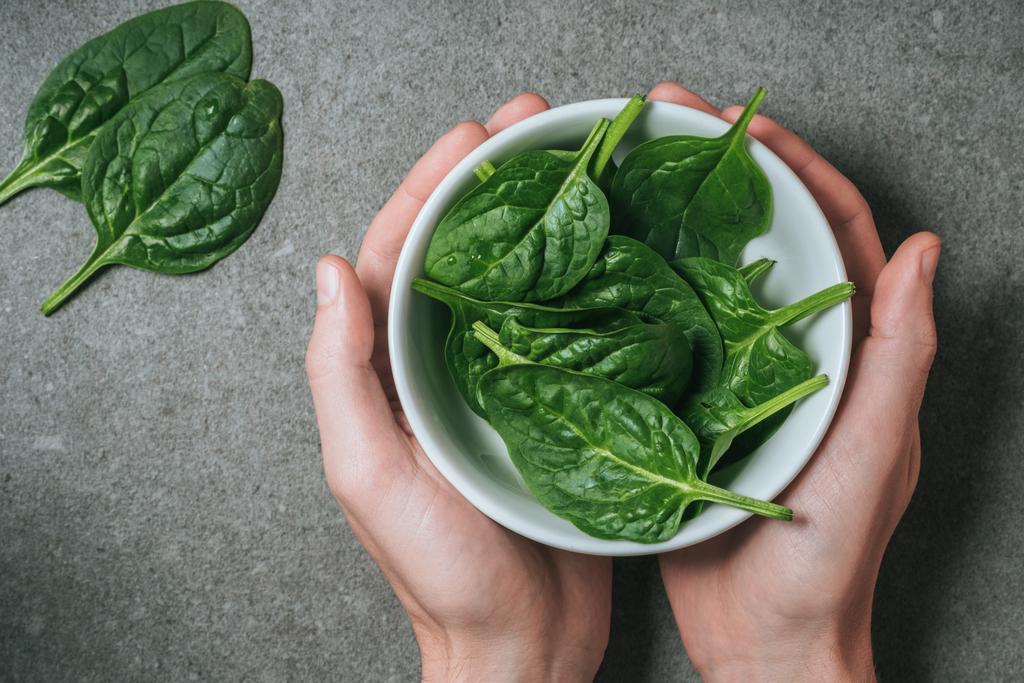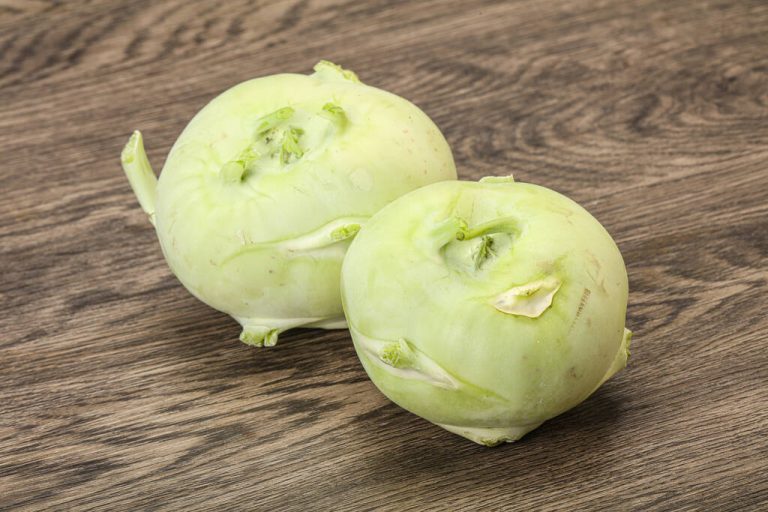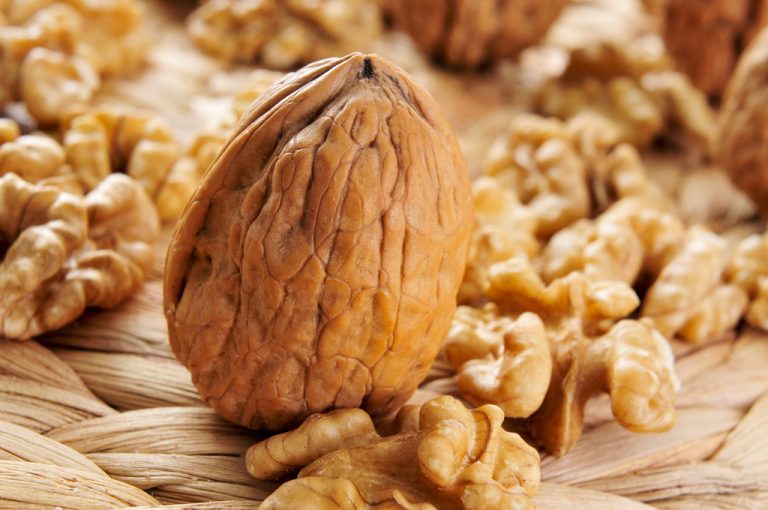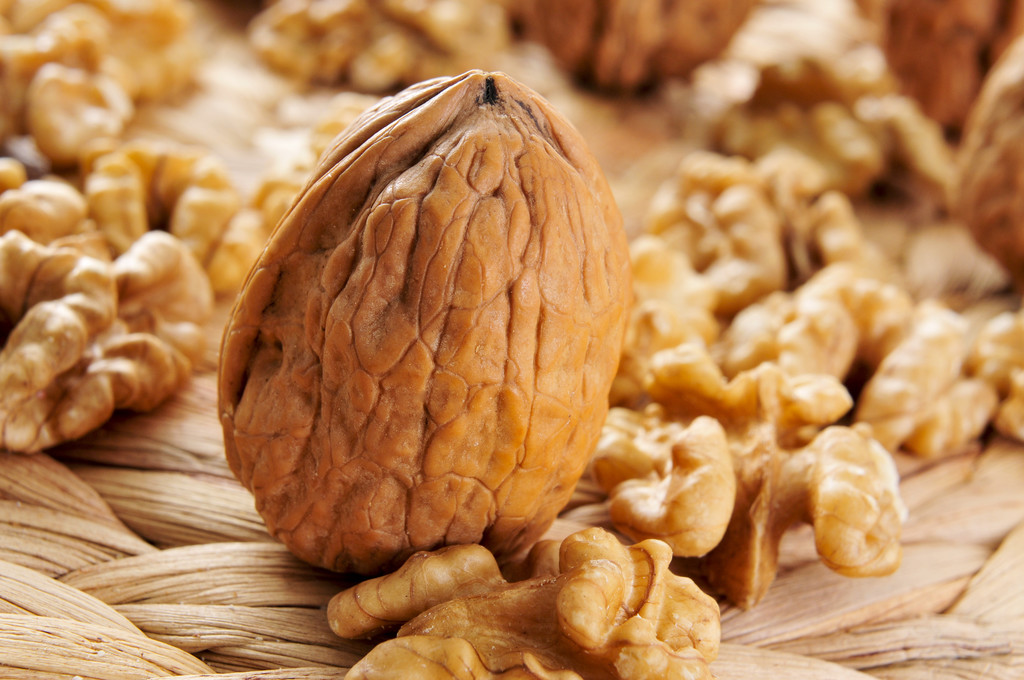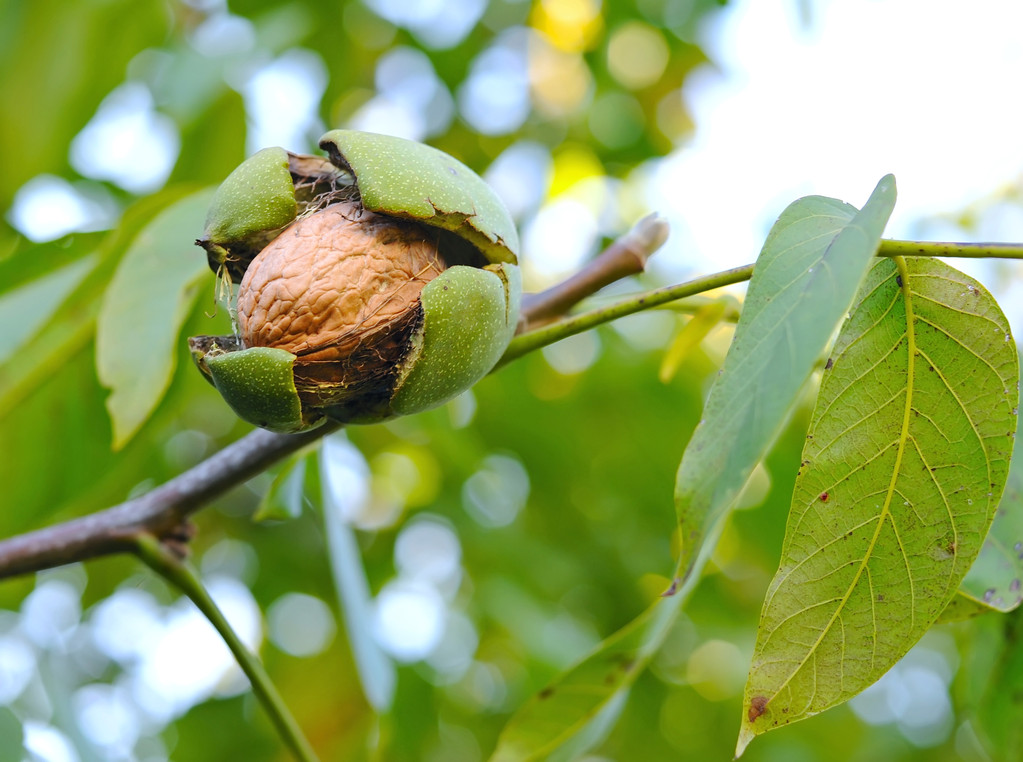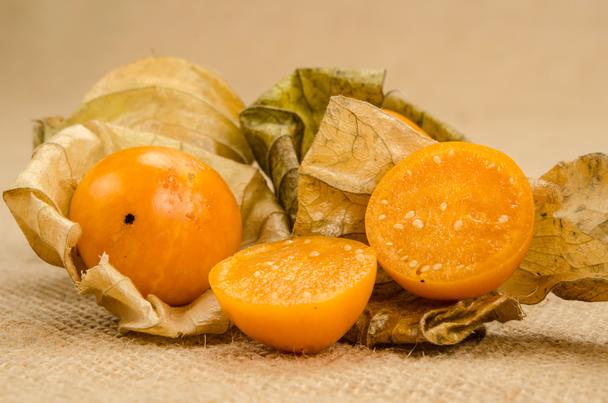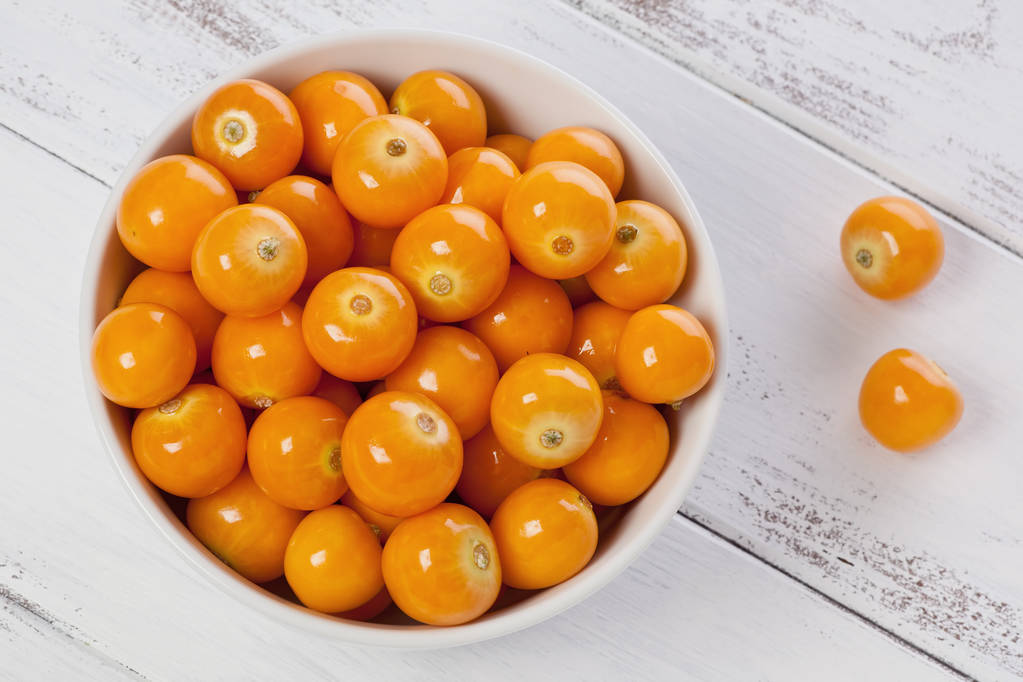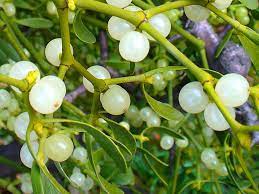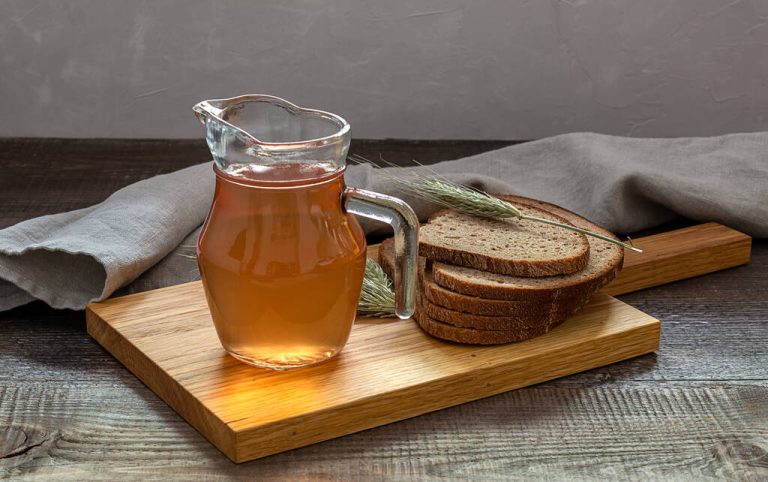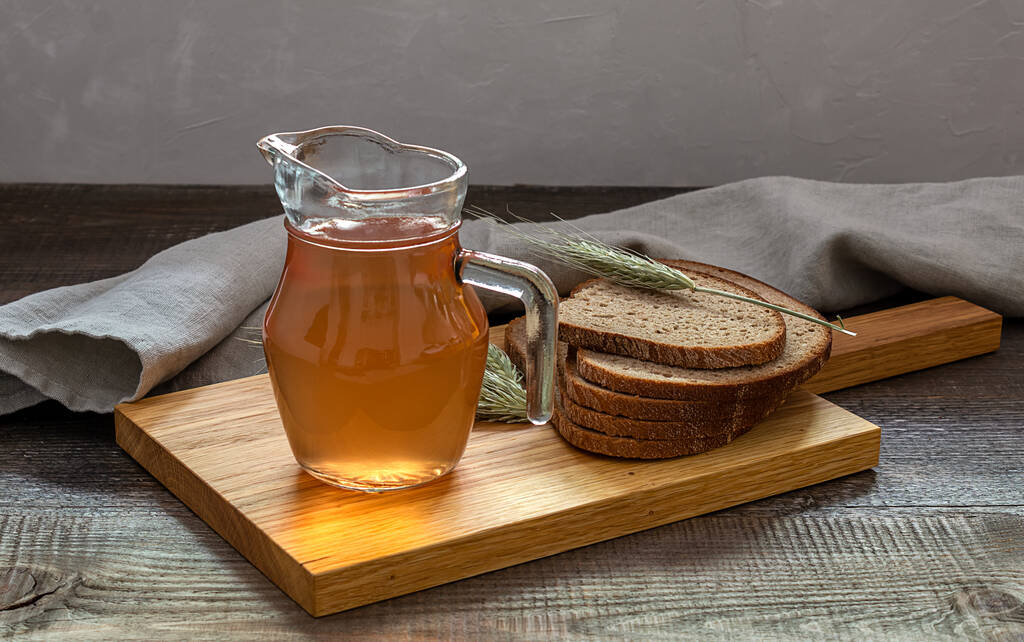Millet contains many healthy ingredients, but these vary from variety to variety. In some parts of Africa and Asia, millet is still a staple today – in German millet means “saturation”.

Millet: What the color reveals about the ingredients
Millet is not just millet: the healthy grain comes in different colors and each type of millet has slightly different ingredients. Yellow millet contains a lot of beta-carotene and red and brown millet more antioxidants. Glassy-white millet, on the other hand, is rich in protein. All millet varieties contain a lot of the following healthy ingredients:
Protein,
Iron,
vitamins B1, B3, B5, B6,
Fluorine,
Zinc,
Magnesium,
Silicon.
Since children and babies in particular need the amino acid leucine from millet, millet porridge is a popular food for babies and toddlers. However, you must not eat millet raw, as some enzymes in millet are toxic when uncooked. Before cooking, you should soak millet to extract phytin. It blocks the absorption of important nutrients such as iron and zinc.
Millet helps with diabetes
As scientists from the Memorial University of Newfoundland (Canada) found out, millet can prevent excessive insulin release. This makes the grain particularly attractive for diabetics. Researchers at the University of Agricultural Sciences also attribute a positive property to millet for diabetics: a millet cure over 28 days can lower blood sugar levels and raise HDL cholesterol levels.
Does millet make you slim?
The combination of amino acids and complex carbohydrates makes millet a real slimmer. Because millet fills you up for a long time and has only 114 kilocalories per 100 grams. A lot of roughage and the high protein content prevent ravenous hunger attacks.
Beauty secret “millet”
Beautiful hair from millet? In fact, millet is rich in silicon, which ensures beautiful skin, hair and nails. Millet can help against dry skin and also tighten the connective tissue. Millet can even strengthen the hair.
Millet also supports the immune system and can thus protect against flu. Anyone who already has a flu can also get help from millet: unlike other types of grain, millet does not form mucus, it also supports the production of antibodies and regulates the immune system.
Is millet a whole grain product?
If you suffer from gluten intolerance, you probably already know millet. Because the grain is gluten-free and is sold shelled, just like oats and barley. Millet is therefore not a real whole grain product, but it has many of the properties of a whole grain cereal. Because the nutrients are distributed throughout the grain (unlike other types of grain). This makes millet as healthy as real whole grains. You get millet in whole grains, as millet flour, millet flakes and millet semolina.
Exception: brown millet is a real whole grain product, as the grains are processed into flour with the shell.

How sustainable is millet?
Millet often comes from China, Canada and the USA and is imported to us in Germany. This results in a poor CO2 balance and often affects organic millet as well. Millet can also be grown in Germany, as some companies have demonstrated.
In organic farming, old, native varieties are often cultivated, thus promoting biodiversity. Millet does not need much water and is very resilient. This makes the use of pesticides superfluous, which is why millet is well suited for organic farming. The stalks of the millet plant can also often be reused as natural fibres.

